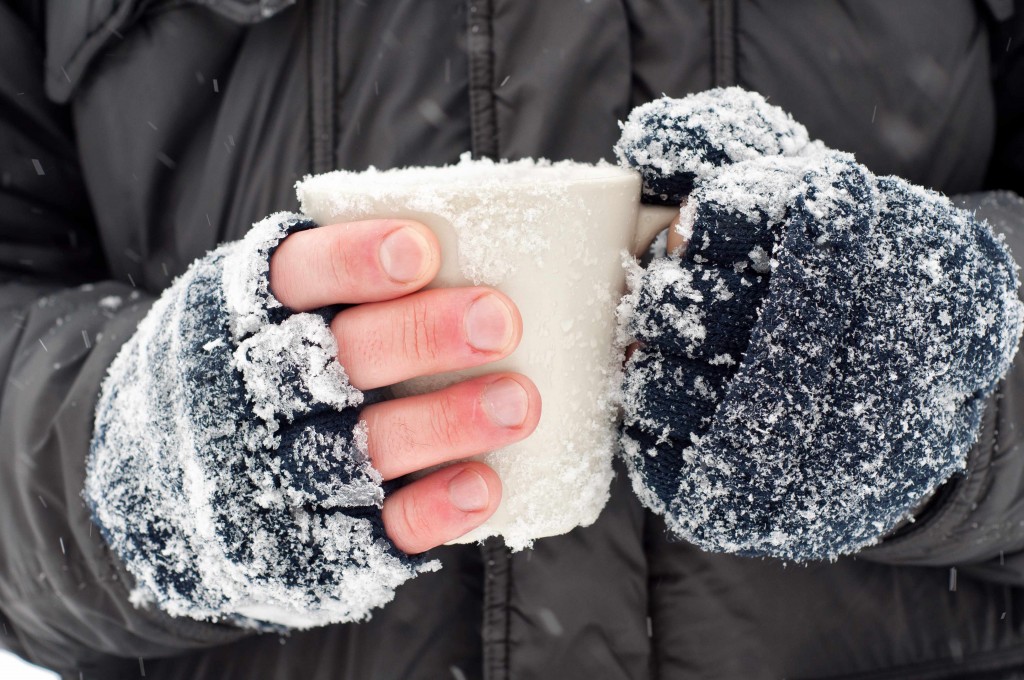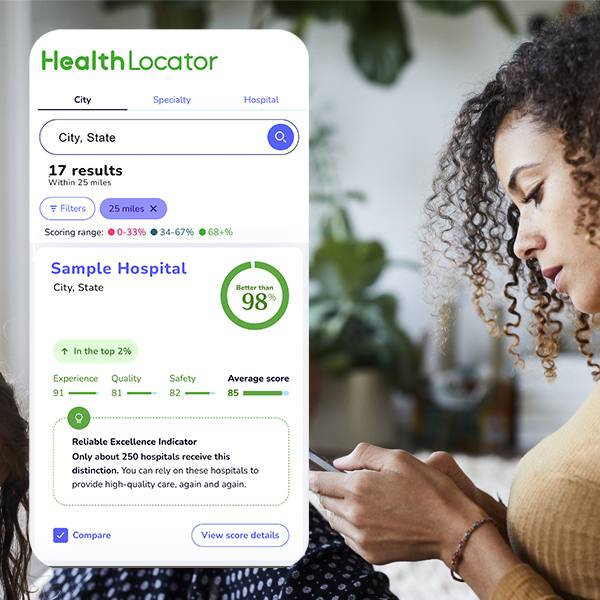-
Winter Health: Common Sense Decisions and Smart Preparations

Winter weather can be inconvenient and treacherous. The cold, ice and snow add complexities to our lives and potentially to our health. Sickness, frostbite and accidents are all things to consider when heading into winter. Mayo Clinic Health System nurse practitioner Shari Hendricks offers this advice to help keep you safe and healthy.
Cold weather preparedness
Arctic-like temperatures can be dangerous to many, especially the very young and elderly. Take these precautions to ensure you and your family is safe:
- Avoid long exposure to cold weather
- Dress in several layers of clothing
- Pay special attention to protecting the feet, hands, head, ears and nose from extreme low temperatures
- Stay well hydrated if you are going to be spending any length of time in the cold outdoors
- Skip super-tight clothing
General health best practices
Regardless of the time of year, there are certain steps you should take to be the healthiest you can be. But extreme cold can exacerbate the effects of some unhealthy choices. So, take these steps to improve your well-being, especially when you’re chilled to the bone:
- Avoid smoking
- Limit alcohol and caffeine intake
- Sit and stand in positions that allow for proper circulation
Watch out for signs of frostbite
Frostbite is a very serious condition. The first step to preventing frostbite is to know when you’re most at risk. Your risk is higher if you smoke, have a blood vessel disease like diabetes, aren’t wearing proper clothing, are dehydrated or fatigued, and if you’re at a higher altitude.
Take these measures to prevent frostbite once you understand your risk:
- Cover your ears, face, head and nose
- Wear proper boots or shoes — no sandals or open-toed shoes
- Wear mittens or gloves — mittens provide better protection
- Put on two pairs of socks on extremely cold days
- Pack your car with winter survival gear (blankets, flashlights, matches, etc.) in case of emergency
- Travel with another person whenever possible
Slips and falls
According to the National Safety Council, slips and falls account for almost 9 million unintentional injuries in the United States each year.
Tips for preventing slips and falls:
- Wear the right shoes. Properly fitted shoes increase comfort, reduce fatigue and improve safety.
- Take your time. If you notice that the floor or ground doesn’t have much traction, walk slow and be careful with each step.
- Walk safely. Walk with your feet slightly pointed forward and try the “shuffle step” to prevent slips, trips and falls.
- Stay aware. Watch out for uneven ground, protruding structures, holes, and debris that can cause slips, trips and falls. Also, be aware of ice- and snow-packed surfaces — they increase the risk of falling.
"As you endure — or enjoy — another Minnesota winter, keep this advice in mind," says Hendricks. "Staying healthy is important at all times of the year, and winter is no exception."







